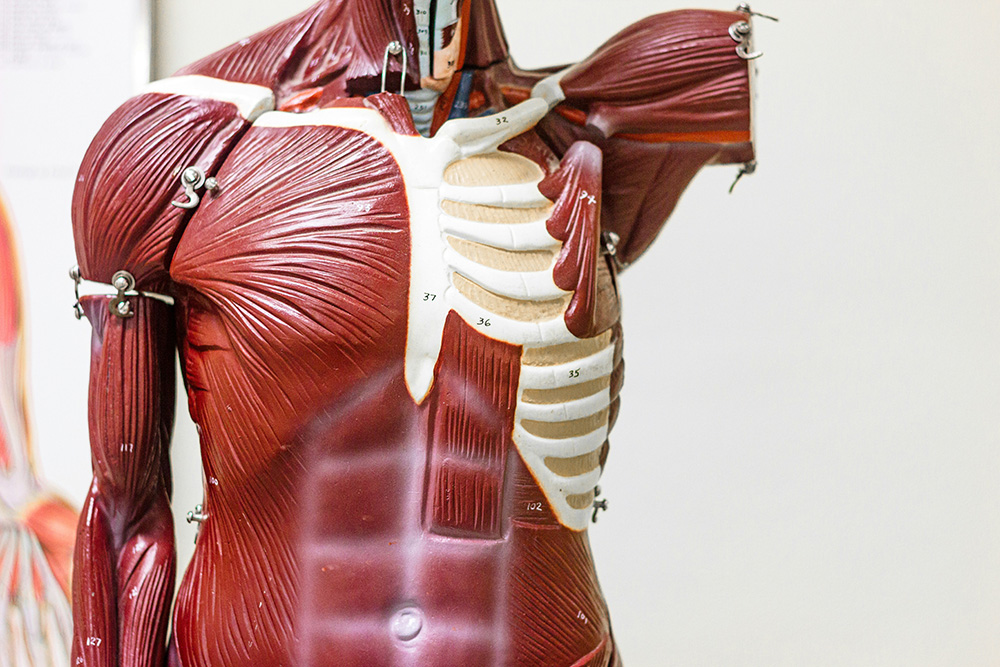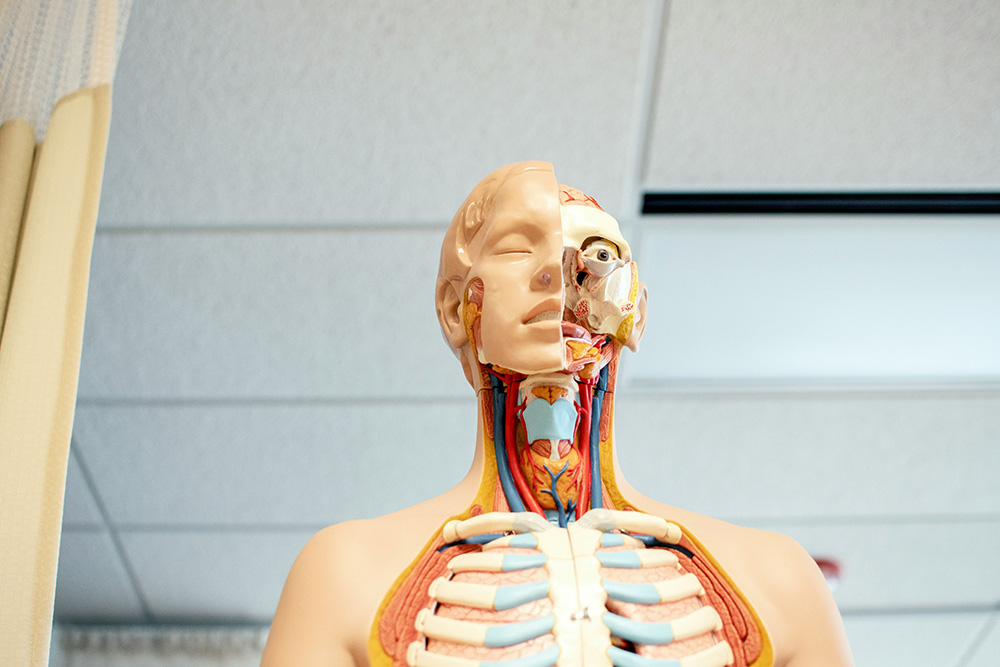Physiotherapy is both science and art. At its core is a thorough understanding of human anatomy, which is the study of the body’s structure and systems. Without this underlying understanding, physiotherapists would be unable to accurately diagnose movement dysfunctions or deliver tailored therapies. In this post, we’ll look at why physiotherapists need a strong understanding of anatomy and how tools like a 3D anatomy model are improving both learning and patient results.
Anatomy: A Roadmap to Effective Treatment
Every physiotherapy session starts with an assessment, which is based on anatomical knowledge. Knowing the exact structure and placement of bones, muscles, ligaments, tendons, and nerves is essential for determining the source of a patient’s discomfort, comprehending the mechanics of a muscle tear, and tracking a nerve pathway contributing to numbness.
For example, if a patient complains of shoulder pain, a physiotherapist must examine numerous options: rotator cuff damage, impingement syndrome, or transferred pain from the neck. Accurate diagnosis necessitates thorough understanding of musculoskeletal anatomy and biomechanics. Treatment strategies are only as effective as the clinician’s comprehension of the body’s structure and movement.
Precision in Rehabilitation.
Rehabilitation after injury or surgery necessitates specialised workouts and therapies that target specific anatomical areas. Understanding anatomy enables physiotherapists to
- Activate the correct muscle groups
- Avoid motions that may exacerbate the healing tissues.
- Observe compensating mechanisms that may lead to secondary disorders.
A thorough anatomical understanding helps that patients recover not only fast but correctly, reducing the danger of re-injury or long-term damage.
Enhancing Manual Therapy Techniques
Manual treatment, which includes joint mobilisation, soft tissue release, and trigger point therapy, is strongly dependent on anatomical precision. Knowledge of anatomy is essential for appropriately palpating structures, applying pressure to the appropriate tissue layers, and moving joints within safe and effective ranges. Misidentifying structures can render treatment ineffective and even harmful.

Educating Patients and Developing Trust
Physiotherapists frequently educate patients about their condition in order to improve compliance and promote rehabilitation. Explaining complex anatomical linkages in an understandable and relevant manner fosters trust and enables patients to take control of their rehabilitation.
Visual aids like anatomical charts and 3D anatomy models have proven beneficial in this area. A 3D anatomy model enables patients to see the afflicted structures, identify the source of their discomfort, and learn how various workouts aid in their recovery. This increased comprehension can have a substantial impact on adherence to home exercise programs and overall treatment success.
The Impact of Technology on Anatomy Education
Modern technology has transformed the way physiotherapists learn and apply anatomy. Traditional cadaver-based dissection, while still useful, is being complemented by digital tools. Interactive apps, virtual dissection platforms, and 3D anatomy models all offer dynamic, detailed, and interesting ways to investigate the human body. These technologies provide recurrent, on-demand access to anatomical features from all angles, which is very useful for both students and practicing clinicians.
Furthermore, real-time integration of 3D anatomy in clinical settings allows practitioners to make better decisions, explain complicated diagnoses more simply, and adapt interventions more precisely.

In physiotherapy, anatomy is more than simply a classroom subject; it is the foundation of therapeutic expertise. From diagnosis and treatment planning to manual therapy and patient education, physiotherapists rely on a deep grasp of the body’s structure and function to help patients recover and improve their quality of life. Tools such as the 3D anatomy model not only improve education but also bridge the gap between theory and practice, allowing clinicians and patients to better understand the body than ever before.











